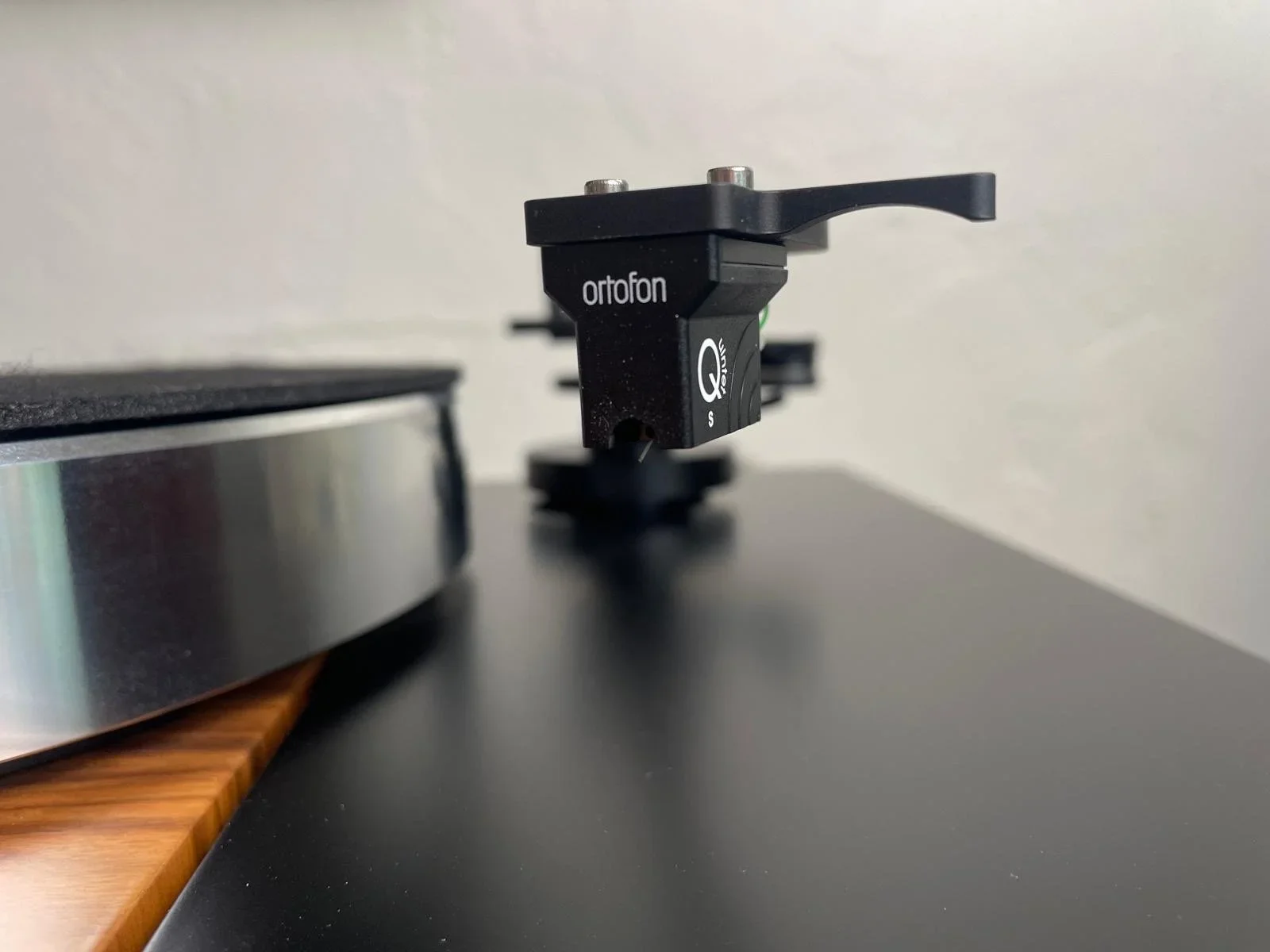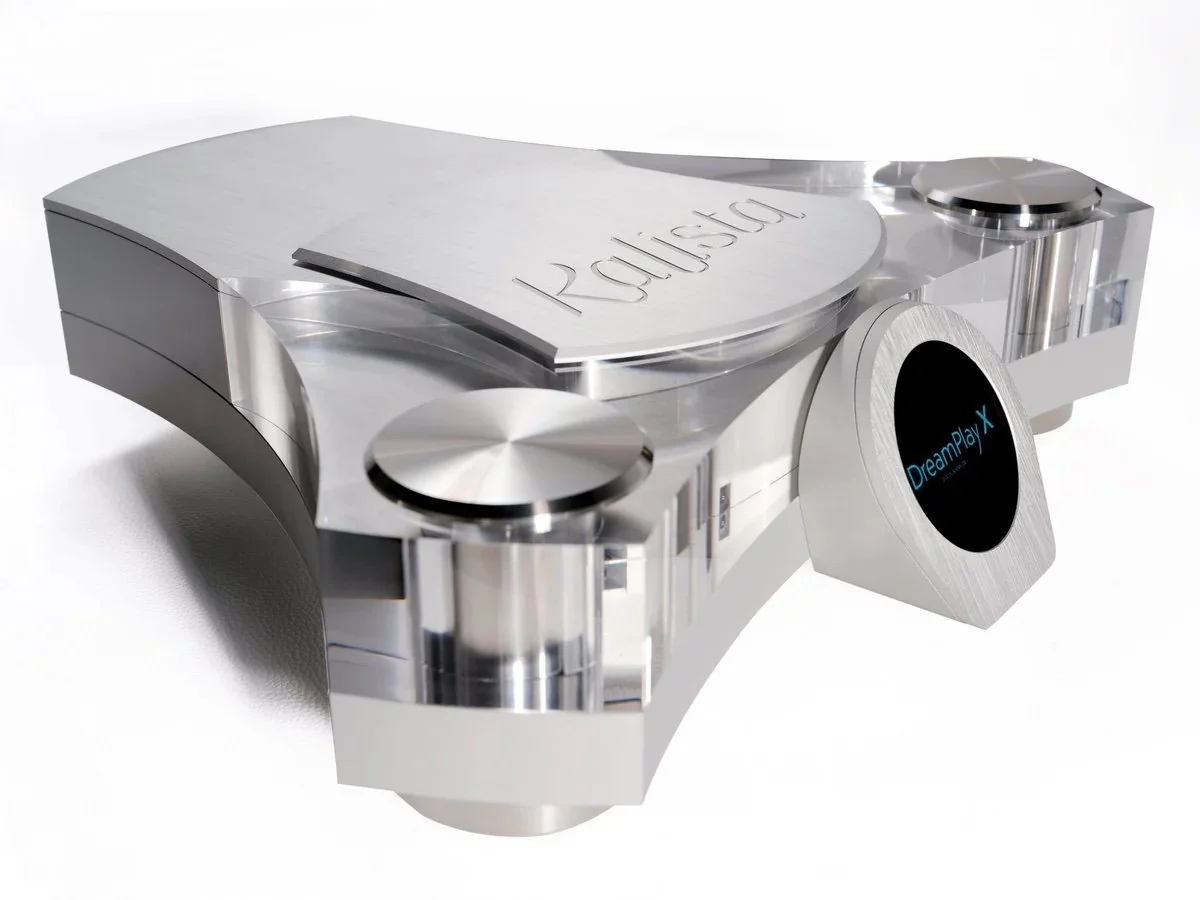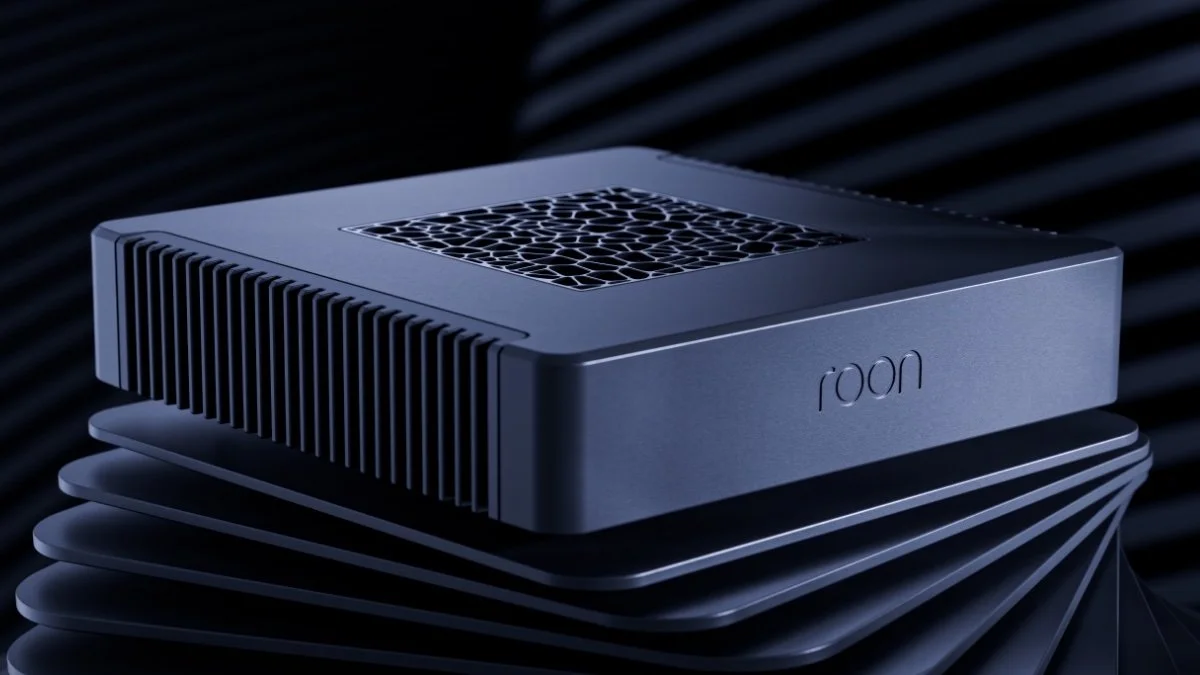Ortofon Quintet Black S Moving Coil Phono Cartridge
I’ve had the pleasure of living with the Ortofon Quintet Black S for many months now. Readers of Audiophilia know it came as part of the wonderful Perpetuum Ebner PE 6060 turntable package I reviewed earlier, and it has been in steady rotation ever since. A brief but unforgettable encounter with the $4,000 Phasemation PP-500 in the midst of this evaluation left me deeply impressed, as it should be at that price point. But it also gave me the perspective to better appreciate what a remarkable achievement the Ortofon is. At USD 1150, it delivers poise, balance, and immediacy that challenge expectations for its class, making it a cartridge well worth serious consideration.
Ortofon’s ability to achieve this is hardly accidental. Founded in Denmark in 1918, the company has been shaping analog playback for more than a century. They introduced the world’s first moving coil cartridge in 1948 and have gone on to produce a string of landmarks: the SPU (1958), still prized for its rich, weighty tone; the OM Series of the 1980s, known for its flexibility and tracking ability; and the modern 2M Series, which has become a benchmark in moving magnet design. At the very top of their lineup, the Cadenza and Anna moving coil cartridges continue to push the boundaries of what’s possible in vinyl reproduction.
On the Perpetuum Ebner PE 6060 Turntable
The Quintet Series, launched in the 2010s, was designed to deliver much of this expertise at a more approachable price. At the top of that range, the Quintet Black S employs a nude Shibata stylus on a sapphire cantilever, marrying precision engineering with musical refinement. It’s this combination of pedigree and execution that makes the Black S so compelling in its price class.
As much as I admire the artistry of state-of-the-art phono cartridges—models that reach into the many thousands of dollars—I’m consistently fascinated by what can be achieved in the $1,000–$1,500 range. Many analog enthusiasts consider this a reasonable point of investment for a component with a finite lifespan, and it’s here where the most impressive value often emerges.
When I was considering my last cartridge upgrade, I first tried the Hana SL. Despite many professional attempts to get it aligned perfectly, I was never satisfied with its performance. To their credit, the manufacturer allowed me to trade up to the ML, which proved to be a much more refined and rewarding cartridge. At $1,250, I felt I had reached the sweet spot without venturing into far higher price territory. Yet had I known about the Ortofon Quintet Black S at that time, I might have chosen differently. In my experience, it not only competes with the ML but in many respects surpasses it.
To be candid, my experience with the Hana SL’s Shibata stylus had left me apprehensive about the Ortofon. The Quintet Black S, however, has shown me that I need not fear a Shibata when it’s executed properly.
From the Ortofon Website
The Quintet Black S features a nude Shibata diamond mounted on a high-performance sapphire cantilever. Its slim, highly polished profile maximizes contact with the groove walls, ensuring detailed and accurate reproduction across the frequency spectrum. Designed for musical neutrality, it performs consistently across all genres and is regarded as the most faithful performer in the Quintet Series.
Practical considerations are well thought out: the aluminium body and visible stylus tip make alignment straightforward, and the supplied screws allow secure top-mounting. With 9 grams of total weight, ample clearance from the record surface, and compatibility with most common tonearms, setup is refreshingly simple.
Key specifications include:
• Channel balance (1 kHz): < 1.0 dB
• Channel separation (1 kHz): > 23 dB
• Output voltage (1 kHz, 5cm/sec): 0.3 mV
• Frequency response: 20 Hz – 20 kHz (±1.5 dB)
• Tracking ability (315 Hz): 80 μm
• Dynamic compliance (lateral): 15 µm/mN
• Recommended tracking force: 2.3 g (range 2.1–2.5 g)
• Stylus: nude Shibata, r/R 6/50 µm
• Cantilever: sapphire
• Tracking angle: 20°
• Internal impedance (DC resistance): 5 Ohm
• Recommended load impedance: > 20 Ohm
• Coil wire: Aucurum
• Body material: PC resin
• Weight: 9 g
The cartridge was evaluated solely with the Perpetuum Ebner PE 6060 Turntable and I used the Phasemation EA-350 Phono Preamplifier, the same unit that I evaluated the Phasemation PP-500 Phono Cartridge with.
I’d like to thank Angie Lisi, distributor for the loan of the cartridge.
Listening
One thing I noticed with the Quintet was how refined it sounded from the very first play. Unlike both Hana models, which required many hours to settle in, the Quintet was similar to the Phasemation PP-500 in that it was sweet and musical immediately. Even so, the sound improved by the 50-hour mark, with a smoother top-to-bottom balance, a deeper bass foundation, and a silkier top end. This is a cartridge that never sounds harsh or aggressive, yet remains beautifully detailed and extended on top.
Vocals are startlingly natural, as evidenced by its portrayal of João Gilberto’s quiet, intimate delivery throughout the Impex One Step edition of Getz/Gilberto (Impex IMP-6041-1). The nuances in phrasing, diction, and inflection are out of this world on this One Step, and the Quintet brought them out without exaggeration. This pressing is also one of the quietest I own, and the cartridge allowed musical detail to emerge from a pure black background. I can only assume the highly polished Shibata plays a large role in its effortless glide through the groove. I have heard this record many times with the Phasemation PP-500, and each time was spellbinding—the Quintet came very close, and was completely engaging in its own right, communicating the quiet intimacy of this performance beautifully.
From the intimacy of Gilberto, I moved to a very different test: the excerpt from John Rutter’s Requiem on the Inakustik demo album Celebrating 95 Years of Elac (INAK-78131). Here the Quintet showed its ability to scale up. The soprano soloist was unfailingly natural, beautifully rounded, and perfectly centered. Behind her, the Turtle Creek Chorale formed an arc between and beyond the speakers, with remarkable depth and clarity. Each voice was rendered distinctly without the blurring that lesser cartridges often impose. While the Phasemation PP-500 extended the realism a bit further, the Quintet also impressed. The bass foundation was warm and surprisingly deep, filling the room with an enveloping sense of scale.
What was most remarkable was how well the Quintet handled the layering and depth, the broad width and localization of each image. The record also has ambient cues that give a sense of height. For a cartridge at this price point to approach the thrilling spatial characteristics of the Phasemation is quite impressive.
In anticipation of the upcoming Blue Note Tone Poet release of Frank Sinatra’s In the Wee Small Hours, I pulled out my UMe pressing (UME/Capitol W 541). Since this is a mono recording, I engaged the mono switch on the Phasemation EA-350 phono stage—an essential step when listening with a stereo cartridge like the Quintet Black S. The results were outstanding. Sinatra’s voice had a remarkable presence; every whisper and inflection lay bare. His mastery of microdynamics was captured with striking intimacy: the way he pushes and pulls a phrase, the breath behind a word, the subtle shifts in intensity. Even the soaring climaxes, such as in “When Your Lover Has Gone”, held together without strain. Nelson Riddle’s subtle arrangements expanded gracefully behind the vocal. The Quintet proved it could handle both the finest gradations of tone and dynamic range while preserving the overall sweep and atmosphere of the performance. The overriding takeaway here was the Quintet’s ability to convey the deep emotional longing of this performance.
It’s a very good sign that a cartridge is doing something right when it has you digging for forgotten gems in your record collection. One such treasure is Marianne Faithfull’s luminous masterpiece Strange Weather (ORG-066-45). I recalled this being a very emotional listen, and it was hauntingly beautiful and devastating at once. In the classic song “Yesterdays”, Faithfull’s ravaged voice is used to great effect, and the Quintet rendered her performance with a raw, harrowing beauty. For a cartridge to bring you to the brink of tears means it transmits emotion and intention at a level only the very best do.
Finally, to test bass performance, I turned to the Ray Brown Trio’s Soular Energy (Pure Audiophile PA-002). This is a reference recording for balance, tone, and live feel. With the Quintet, Ray Brown’s bass was deep, articulate, and locked in with piano and drums. The cartridge kept the energy swinging without sacrificing definition, offering the kind of grounded musicality that makes you forget about the gear and focus entirely on the performance.
Conclusion
The Ortofon Quintet Black S is a triumph at its price point. It offers refinement, tonal balance, and emotional involvement that I previously thought required moving up to far more expensive cartridges. Against the Hana ML, it feels more natural and inviting; compared to the $4,000 Phasemation PP-500, it holds its own with dignity and surprising grace. For analog enthusiasts looking for a cartridge in the USD 1150 range, the Quintet Black S deserves to be at the very top of the shortlist.
Further information: Ortofon











